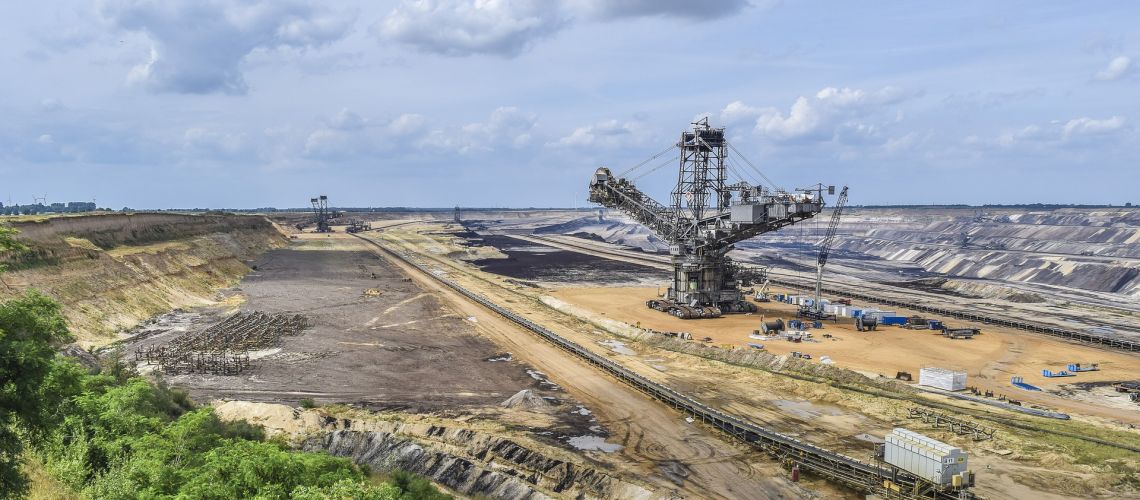Last year, the World Bank indicated that graphite, lithium, and cobalt production must increase by more than 450% by 2050 to meet the demand for energy storage technologies. Is the energy transition in danger? Do we have to exploit resources massively in Europe to avoid becoming dependent on imports? Green MEPs have an alternative plan.
The following opinion piece is co-signed by three Green MEPs: Sara Matthieu (Belgium), Manuela Ripa (Germany), and Henrike Hahn (Germany).
Every so often, gloomy headlines warn us about looming shortages of critical metals required for the successful implementation of the Green Deal and reaching at least the Paris Climate goals. We witnessed this once again earlier this month, when the IMF alerted us to the possibility of soaring metal prices for cobalt and lithium, among others, due to exceptionally high demand expectations.
We need to take this challenge seriously. If substantially higher prices for metals such as lithium and cobalt persist through the end of this decade, as the IMF researchers imply, this bottleneck could effectively put the energy transition at risk.
Renewed mining frenzy
It comes as no surprise that the action plan on critical raw materials published by the Commission in September 2020 earned far more attention than its predecessors, as it tries to address supply risks for raw materials of high economic importance. In light of the Green Deal, it is clear why lithium, cobalt and a wide range of rare earth elements are included in the list of 30 critical raw materials.
It is also clear that this action plan acts as a catalyst to resuscitate mining projects for these critical raw materials inside and outside EU borders. While we should not dismiss these out of hand, we urgently need to draw a line when it comes to protected areas. In Portugal, for instance, 28% of the areas allocated for lithium exploration are inside nationally protected areas, such as the Serra da Argamela, part of a Natura 2000 area.
The status of Natura 2000 doesn’t provide any guarantees against mining operations, as evidencedby the attempts to extract rare earth elements at Norra Kärr in Sweden or the plans to mine copper and nickel deposits in the Viiankiaapa peatland in Finland. Other examples, such as San Finx in Galicia, point to the lack of specific environmental impact assessments on Natura 2000 areas. These examples show that public or economic interests put unique habitats in Europe at risk already today. This pressure will only increase as time goes on.
Three good reasons to preserve protected areas
Some policymakers argue that we need to “balance biodiversity and economic goals” to secure the metals required for the green transition. This is code language for opening up protected areas for large-scale mining. However, a more honest balancing act would require preserving the integrity of EU protected areas for three main reasons.
First of all, these protected areas are unique and cannot be replaced by definition, nor can they be restored afterwards. Keeping them intact is essential to avoid the further collapse of EU biodiversity. Secondly, we risk unleashing a massive popular backlash against the Green Deal and the ecological transition. Nature conservation is a priority for many EU citizens.
Third, endangering these crucial areas by starting new mining projects will not fundamentally reduce EU dependency on imported critical raw materials. In other words, the relatively small increase in capacity and economic gain simply doesn’t justify the destruction of unique culture and nature habitats in the EU.
Putting the challenge into perspective
Relatively speaking, we will need certain metals in much larger quantities for the energy transition. However, in absolute terms, the increase in demand is relatively modest. Take global lithium production, estimated at 86,000 tons in 2019. A 45-fold increase translates to a total of 3.8 million tons. That sounds impressive, but it corresponds to only 0.0016 % of iron production in 2019, estimated at around 2.454 million tons.
Secondly, green technologies are the key driver for only 6 out of 30 critical raw materials. According to a report by the öko-institut, commissioned by Henrike Hahn of the Greens/EFA, these six materials are cobalt, lithium, niobium, tantalum, heavy and light rare earth elements. Demand for most other critical raw materials is primarily driven by other sectors such as digitalisation, defence, aeronautics and even agriculture. Contrary to popular framing, the green transition only partly increases demand for critical raw materials.
Furthermore, an updated European Industrial Strategy with the Green Deal at its core needs CRM demand projections based on a sound methodological basis. Thus, the Commission should carefully review the criticality assessment methodology as the current assumptions lead to an inflated projection of future CRM demand.
Think long-term
“The Middle-East has oil, China has rare earth metals,” quipped Deng Xiaopeng in 1980. It’s no surprise that China built a robust industrial ecosystem in green technologies in recent decades. We believe Europe needs similar long-term thinking, even when we are faced with short-term challenges.
Most of the attention in Europe these days goes to exploration, financing and development of new mining in Europe and abroad, driven by the fear of looming shortages. While this is necessary, it should not detract from the overarching goal to switch to a circular economy while Europe builds the material stocks in new infrastructure.
Not only that, but it’s also a unique opportunity for onshoring a circular industry and creating new jobs. In the next 15 years, we can generate more than 10,000 jobs in the traction battery recycling sector alone, öko-institute estimates. Economically, this creates a better long-term perspective than exploiting protected areas, risking a massive popular backlash against the Green Deal in the process.
The Green Deal provides an excellent framework for all of this, now is the time to set the wheels in motion.
